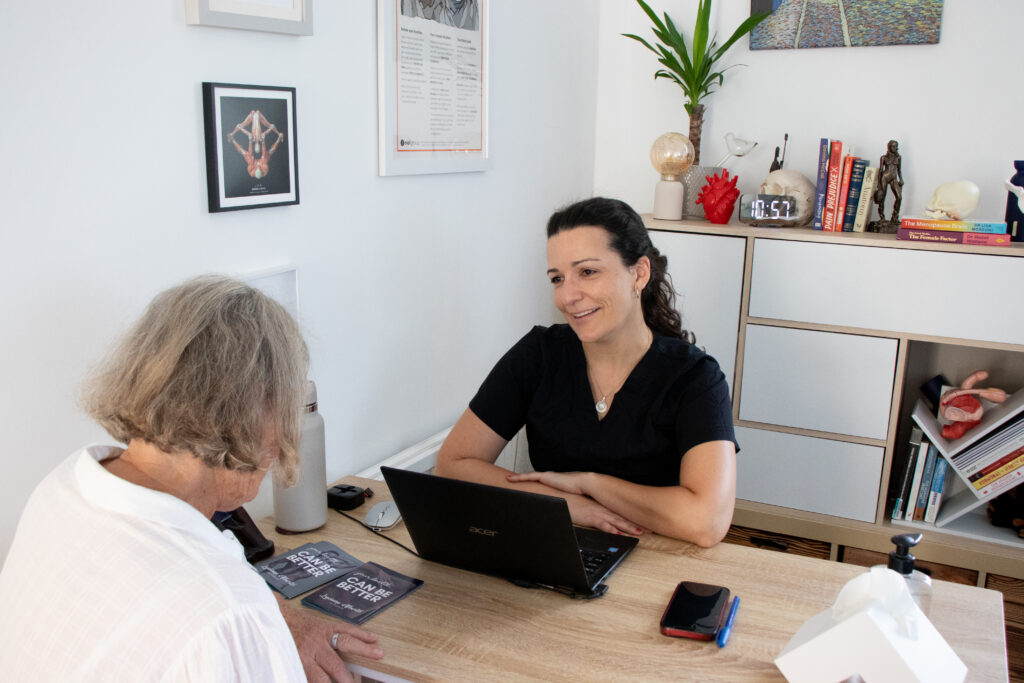
To align with research, we have used the term ‘women/woman’, however acknowledge that menopause is experienced by anyone born with ovaries, regardless of their gender.
WHAT IS MENOPAUSE?
Did you know that medically speaking, it is just one day in a woman’s life? It is the first day after a year of having no periods. This means that technically the time leading up to this day is perimenopause and the time after, post menopause.
PERIMENOPAUSE
Whilst this usually begins in those aged between 45 and 55, perimenopause may begin up to 10 years prior to this. It is marked by a fluctuation in female hormones which accounts for the varying symptoms often experienced. Periods may become irregular or different to your normal cycle, however you can still have regular bleeds but be perimenopausal. It is important to note that ovulation may still occur so there is still a risk of pregnancy during this time.
POST MENOPAUSE
Once you have not had a period for 12 months you will then be post-menopausal. You will not be ovulating anymore and therefore can no longer to fall pregnant. Whilst hormone levels should be more stable during this time, some symptoms may still be present.
WHAT ARE COMMON SYMPTOMS?
The hormone Oestrogen begins to fluctuate and then fall during the build-up to menopause. It is not just the reproductive system that relies on oestrogen for health. Your bones, muscles, heart, brain, and immune system all also need Oestrogen to function successfully. As a result of this, symptoms vary greatly. They may include;
- Hot flushes
- Irregular periods
- Sleeping issues/insomnia
- Aching joints and muscles
- Headaches
- Dizziness
- Brain fog/memory issues
- Anxiety
- Changes to mood
- Vaginal and vulva dryness
- Incontinence
- More frequent UTIs
HOW CAN OSTEOPATHY HELP WITH SYMPTOMS?
- Help alleviate joint stiffness and muscle aches
- Improve circulation and maintain tissue health to allow women to participate successfully in exercise – which is shown to help maintain bone health, strength and aid in the transition
- Offer lifestyle advice
- Help regulate the nervous system
TAKE A LOOK AT OUR BLOG FOR HOW OSTEOPATHY CAN HELP WITH OTHER WOMEN’S HEALTH ISSUES
A MESSAGE FROM LUCIANE OUR OWNER AND HEAD OSTEOPATH
Duralde, E. R., Sobel, T. H., & Manson, J. E. (2023). Management of perimenopausal and menopausal symptoms. BMJ (Clinical research ed.), 382, e072612. https://doi.org/10.1136/bmj-2022-072612
NHS (2022), Menopause, Available at: https://www.nhs.uk/conditions/menopause/
